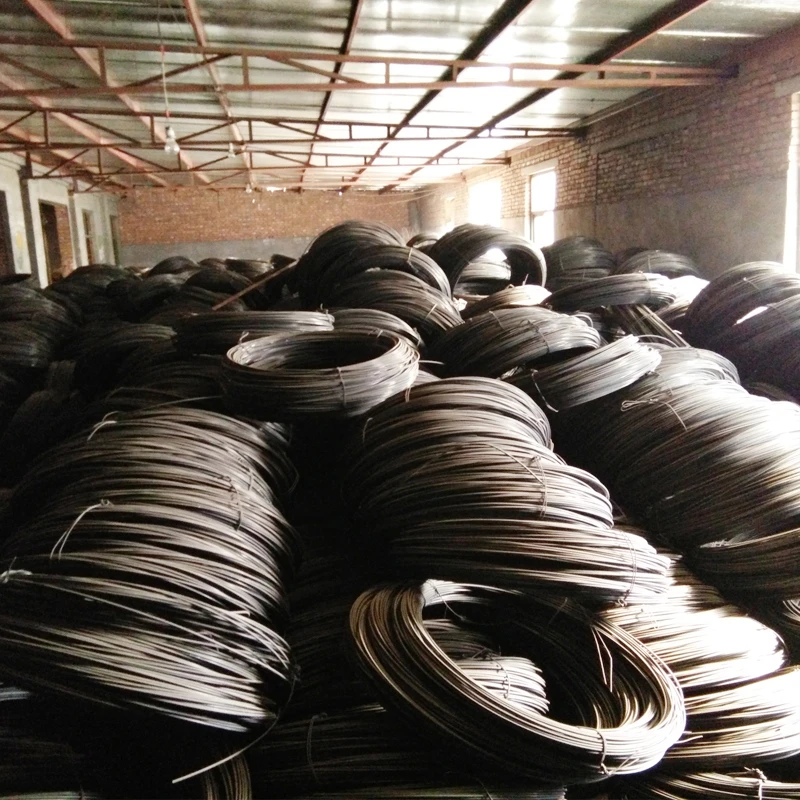The Aesthetic and Functional Appeal of Perforated Aluminium Panels in Facades
In the realm of modern architecture, the use of perforated aluminium panels has emerged as a trend that deftly combines aesthetic beauty with functional versatility. These innovative materials have found their way onto the facades of buildings worldwide, not only enhancing the visual appeal of structures but also improving their environmental performance and safety features.
Understanding Perforated Aluminium Panels
Perforated aluminium panels are made from sheets of aluminium that have been punctured with a series of holes or patterns. The size, shape, and arrangement of these perforations can vary widely, allowing for a great deal of customization according to the specific design objectives. The panels can be used as cladding for entire buildings or as feature elements to accentuate particular areas.
The lightweight nature of aluminium makes it an excellent choice for facade applications. Despite being lightweight, it possesses remarkable strength and durability, ensuring a long lifespan without significant maintenance. Additionally, aluminium is resistant to corrosion, making it suitable for a variety of climates.
Aesthetic Flexibility
The aesthetic appeal of perforated aluminium panels lies in their flexibility. Designers can manipulate the size and pattern of the perforations to create striking visual effects and to play with light and shadow. This feature allows architects to express creativity and innovation, making each structure unique.
Using perforated panels in facade design can significantly alter the perception of a building. For instance, large perforations can create a sense of openness, while smaller, denser perforations can provide privacy without sacrificing natural light. The ability to allow filtered sunlight into a building not only enhances the interior environment but also reduces reliance on artificial lighting during the day, thus promoting energy efficiency.
Furthermore, these panels can be designed to display artistic patterns or motifs, transforming a mundane building into a piece of art. This aspect is particularly appealing in urban settings, where aesthetic considerations are increasingly important amidst the backdrop of conventional architectural forms.
perforated aluminium panels facade

Environmental Benefits
Beyond their visual contributions, perforated aluminium panels are also lauded for their environmental benefits. The reflective quality of aluminium can help manage solar gain in a building, reducing the need for mechanical cooling throughout warmer months. This contributes to lower energy consumption, promoting sustainability in architectural design.
Moreover, the use of perforated panels can enhance a building's thermal efficiency. By creating a ventilated facade, air can flow through the perforations, naturally cooling the building while preventing heat buildup. This dynamic interaction between the building and its environment not only improves comfort for occupants but also stretches the lifespan of building materials by mitigating thermal expansion issues.
Enhanced Safety and Functionality
Perforated aluminium panels are not just about aesthetics and environmental impact; they also play a crucial role in enhancing the safety of buildings. The perforations can be strategically placed to comply with building codes while still allowing for necessary light and air passage. Furthermore, these panels can act as a barrier against wind and rain, safeguarding the underlying structure from weather-related damage.
In applications such as parking structures and commercial spaces, perforated panels offer security and visibility. They provide a deterrent for vandalism while allowing natural surveillance through visibility.
Conclusion
In conclusion, perforated aluminium panels represent a marriage of form and function in modern architectural design. Their aesthetic versatility, environmental advantages, and safety features make them a popular choice for architects and builders looking to create contemporary, dynamic facades. As sustainability becomes increasingly crucial in construction practices, the use of these innovative materials sets a progressive standard, enabling buildings to not only stand out visually but also perform exceptionally. As we move toward a more integrated and conscious approach in architecture, perforated aluminium panels will undoubtedly continue to play a pivotal role in shaping the future of facades.

















